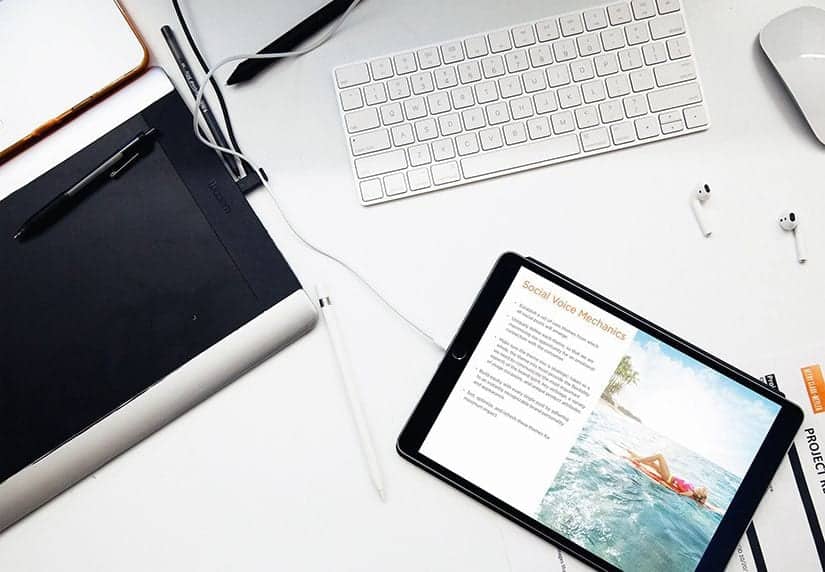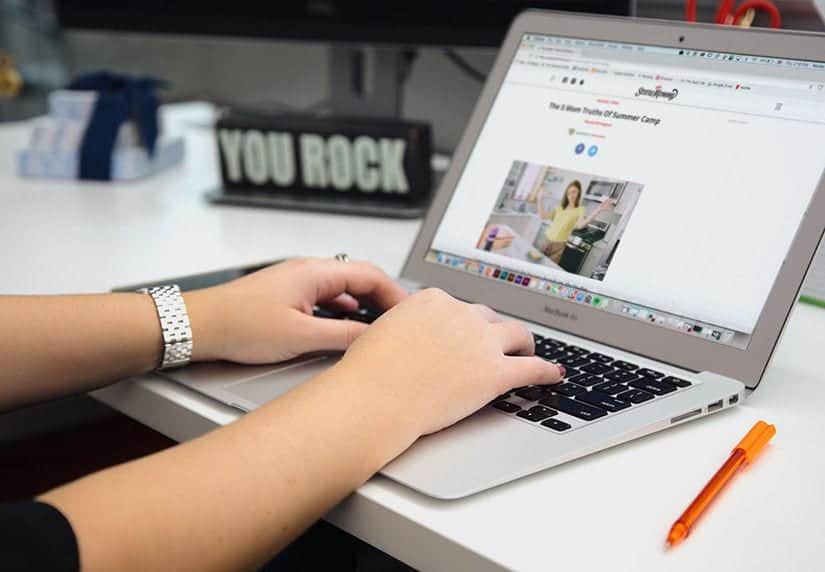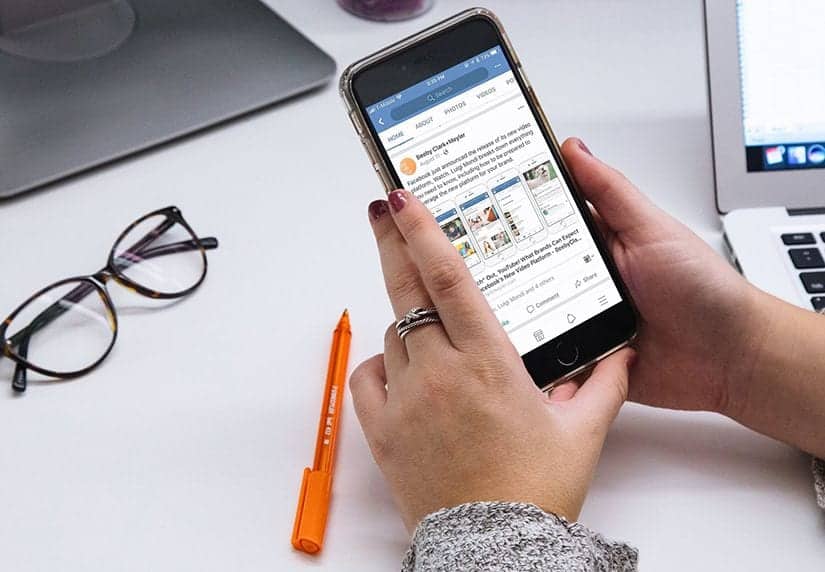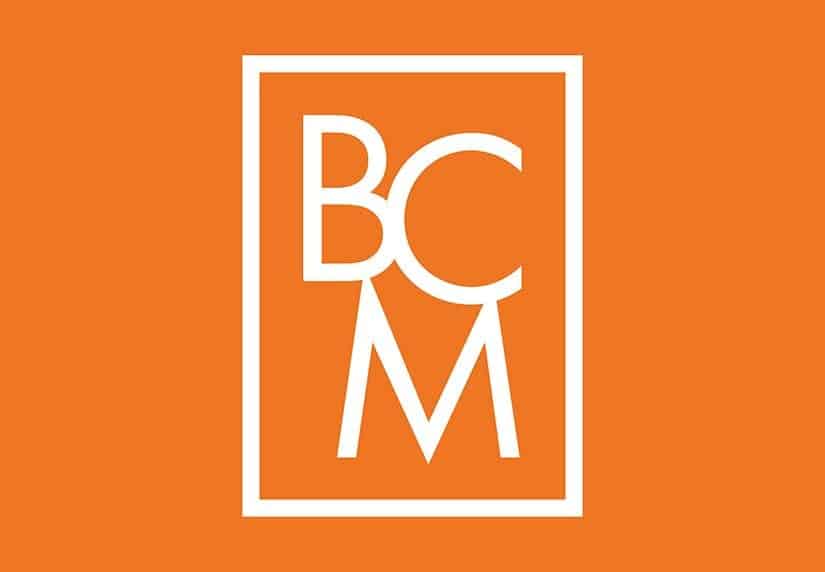Tools of the Trade: How to Use Pinterest to Drive Social Activity and Ecommerce Sales
Pinterest is an image-focused site used to create and share collections (called “boards”) of visual bookmarks (called “Pins”). Pinterest boards are...
4 min read
Ken Schaefer : Aug 20, 2014

Why does your brand need to be on Pinterest? Why not? As the social-media platform gets ready for a wide launch of its Promoted Pins feature, we can no longer deny Pinterest’s potential to boost brands big and small. Indeed, its most popular brand account, L.L. Bean, now boasts more than 5.4 million followers (largely thanks to its adorable Woodland Creatures board), and we are seeing more and more success stories of smaller businesses getting new life from the social platform, such as Artifact Uprising, a Denver-based custom prints business whose inspirational pins helped it go from a startup to a multi-million dollar company that’s seeing triple digit growth in under 18 months.

Compared to other social-media platforms, users are more receptive to Pinterest advertising: A March 2014 study conducted by AccuPOLL Precision Research found that 73% of Pinterest users reported neutral to positive feelings about promoted pins, while Facebook and Instagram are full of users making disparaging comments toward brands.
Still unconvinced? Not putting your brand on Pinterest could actually be costing you. Pinterest users are likely to spend more after seeing products on the channel, compared to users of other social media sites. Shopify research this March about traffic referrals from social sites found that Pinterest users spent an average of $58.95 per order, while Facebook users spent $55. Additionally, the estimated generated sales value of a pin (78 cents, according to a 2013 study by Piqora) is higher than a share on every social media site apart from Yelp, and is up 25% from Piqora’s 2012 report. (Bloomberg Businessweek reports that a Foursquare review is worth 40 cents, a LinkedIn search is worth 12.4 cents, a Facebook “share” is 2.4 cents, and a tweet is worth just 1/10th of a cent.) Blogher reports that 47% of U.S. online consumers have made a purchase based on recommendations from Pinterest, and Pinterest is driving more referral traffic than Google+, YouTube, and LinkedIn combined.
Marketers should also take note of the virality and lifespan of a pin. “Good pins are frozen in time on Pinterest,” says Piqora CEO Sharad Verma. “The network has a very strong memory – if a product is pinned, it signals it’s a product worth buying.” Pinterest pins deliver two site visits and six pageviews on average, and more than 10 re-pins. That’s more viral than Twitter, the company notes, where posts are only retweeted 1.4% of the time and can become old news in minutes. Clicks on pins can keep coming for 30 days and beyond.
Pinterest is currently continuing paid tests of Promoted Pins with select brands, including Nicole Miller and Vineyard Vines, and has added a do-it-yourself Promoted Pins tool so businesses of any size can promote their Pins to reach more people and get visits back to their website. These Promoted Pins will be available on a cost-per-click basis through ads.pinterest.com. But you needn’t buy ads on Pinterest to reach a wide consumer base. Following are best practices and tips to get your brand going on the social platform.
1. Stay on brand. The content pinned should always capture the essence of your brand and stay on target with brand messaging. It’s easy to create popular boards for recipes, home improvements, fashion, etc., but if they don’t work with your brand, don’t feel the need to add them in.
2. Cross-promote pins. Sharing your pins on already active Facebook and Twitter sites will help increase follows and engagement.
3. Repin and like pins – if the pins are relevant. Repinning is essential for a successful Pinterest account and a great way to gain new followers. PinGroupie is an easy to use and free tool that finds group boards and allows you to search for pins by topic.
4. Follow other Pinterest entities, and follow the competition. People who pin items from your competitors’ websites are likely people you’d want to have pinning from your website. Use Pinalerts to set alerts for when items are pinned from any domain. If a user is pinning relevant content from one or more of your competitors and they have a good following, start following them. Hopefully they will follow you back!
5. Vertical pins work best. Pinterest organizes images vertically, stacked one on top of another, which makes vertical Pins look better than horizontal ones. Vertical pins also look better on mobile, where most pinners are doing their browsing.

6. Use longer descriptions, and keep things upbeat. Unlike Facebook, pins with longer copy outperform those with shorter ones. Positive, aspirational messages resonate most with Pinterest users, according to the company’s blog.
7. Be active. Pinning 15-25 pins a day will help keep all boards up to date and keep pins sprinkled through active feeds.
8. Include price tags, when appropriate. According to Shopify, Pinterest pins with prices get 36% more likes than those without.
9. And don’t be afraid to push out rewards. Per Omnicore, 50% of moms who use Pinterest would follow a brand that offered them incentives.
10. Optimize board names. Creativity doesn’t count here. For SEO purposes, name your boards something simple and likely to be searched.
11. Delete abandoned boards. Hello Society recommends deleting any boards you aren’t regularly pinning to and that have less than 25 pins to keep your account looking clean and relevant. Change up your board covers every so often as well to keep your profile looking fresh.
12. Verify your Pinterest business account. To do this, click on the pencil in the bottom-right corner of the name box in your profile. Enter your web address and follow the instructions to verify with an HTML file or meta tag. This will allow you to gain access to your business’ Pinterest analytics, which brings us to our next point:
How do you measure your success? Pinterest analytics will show you how many people are pinning from your website, seeing your pins, and clicking your content. You may select a timeframe to see how your numbers trend over time (below.)

A recent update to the analytics tool now lets you see how many impressions, clicks and repins your pins are driving, as well as what pins drive engagement across different platforms You may also use the “most repinned” and “most clicked” buttons to learn what your pinners like.

While Pinterest is still a growing and changing platform, now’s your chance to get in the game and make an impact on what could be a very lucrative asset for your brand.

Pinterest is an image-focused site used to create and share collections (called “boards”) of visual bookmarks (called “Pins”). Pinterest boards are...

Visual discovery site Pinterest recently announced an improvement to its search offering, called Guided Search. It helps people locate content that...

Pinterest and Instagram are growing platforms that are maturing both in terms of their user bases and their advertising, but how should advertisers...